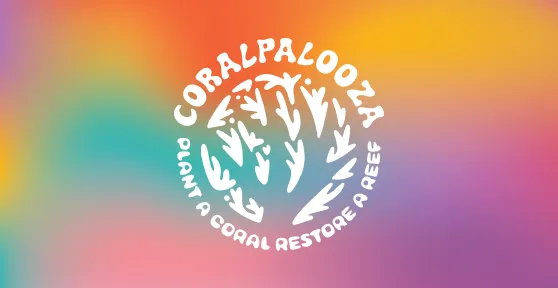Why Save Coral Reefs?
THE FOUNDATION OF LIFE IN THE OCEAN
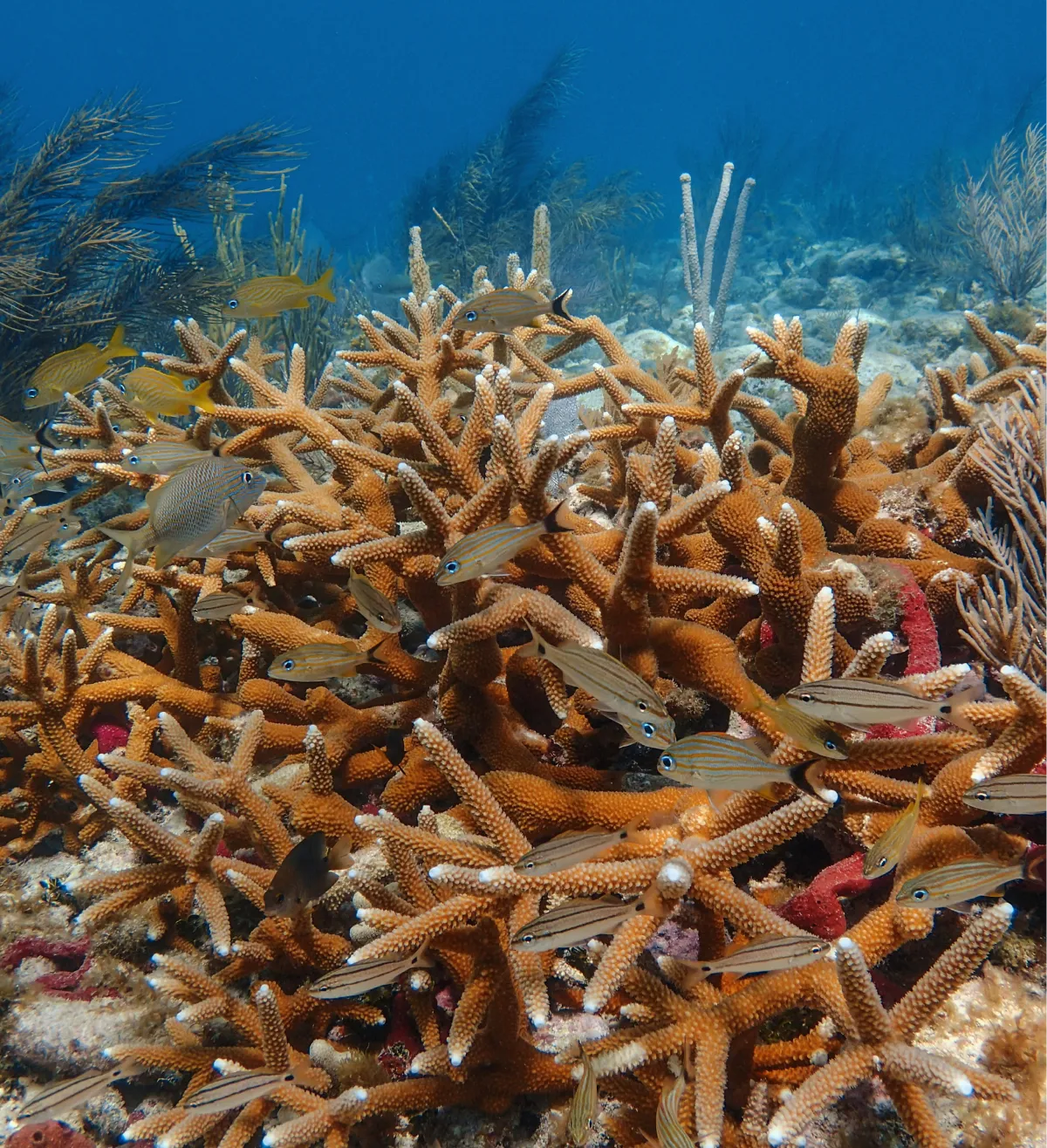
CORALS HAVE PERSISTED IN SHALLOW SEAS FOR 500 MILLION YEARS
They are one of the oldest animals on Earth, forming arguably the planet’s most biodiverse ecosystems – coral reefs. Shallow water coral reefs have survived this planet’s last five mass extinction events. But they cannot keep up with the pace of destruction caused by human activity.
Coral reefs are amongst the most threatened habitats on earth, with stony corals some of the most “at risk” groups of animals facing extinction.
0.2%
of the ocean floor is covered by coral reefs
25%+
of all marine species rely on corals
70%
of all atmospheric oxygen is produced by the ocean

CRITICAL HABITATS & ECOSYSTEM SERVICES
- They provide marine life with nursery, spawning, cleaning, and hunting grounds.
- They protect coasts from high energy waves – a healthy coral reef dissipates up to 97% of a wave’s energy before it reaches the shore.
- The protection that reefs offer allow other ecosystems to flourish, including sea grass beds and mangroves. These ecosystems are also important habitats, but together, they create positive feedback loops, ensuring the balance of life in shallow seas.
- At least 500 million people around the world rely on coral reefs for food, coastal protection, and livelihoods.
- Reefs underpin commercial and recreational fishing industries, as well as tourism-based economies.
- Coral reefs have an annual economic value estimated to be at least $9.9 trillion globally.
1M
different species are supported by coral reefs
97%
of wave energy is dissipated by a healthy coral reef
$9.9T
estimated annual global economic value of coral reefs
WE HAVE LOST MORE THAN 50% OF THE WORLD’S CORAL REEFS SINCE THE 1950S
And since the 1970s reefs around the world have declined even more rapidly.
Although reefs have survived the last five mass extinctions, they can no longer keep up with the speed of global environmental changes caused by human activity. We have lost more than half of the world’s coral reefs since the 1950s, and without immediate action, all shallow water coral reefs are projected to vanish well before the end of this century.
Reefs are under threat because of both local and global stressors. The combination of these threats is putting reefs under extreme pressure.
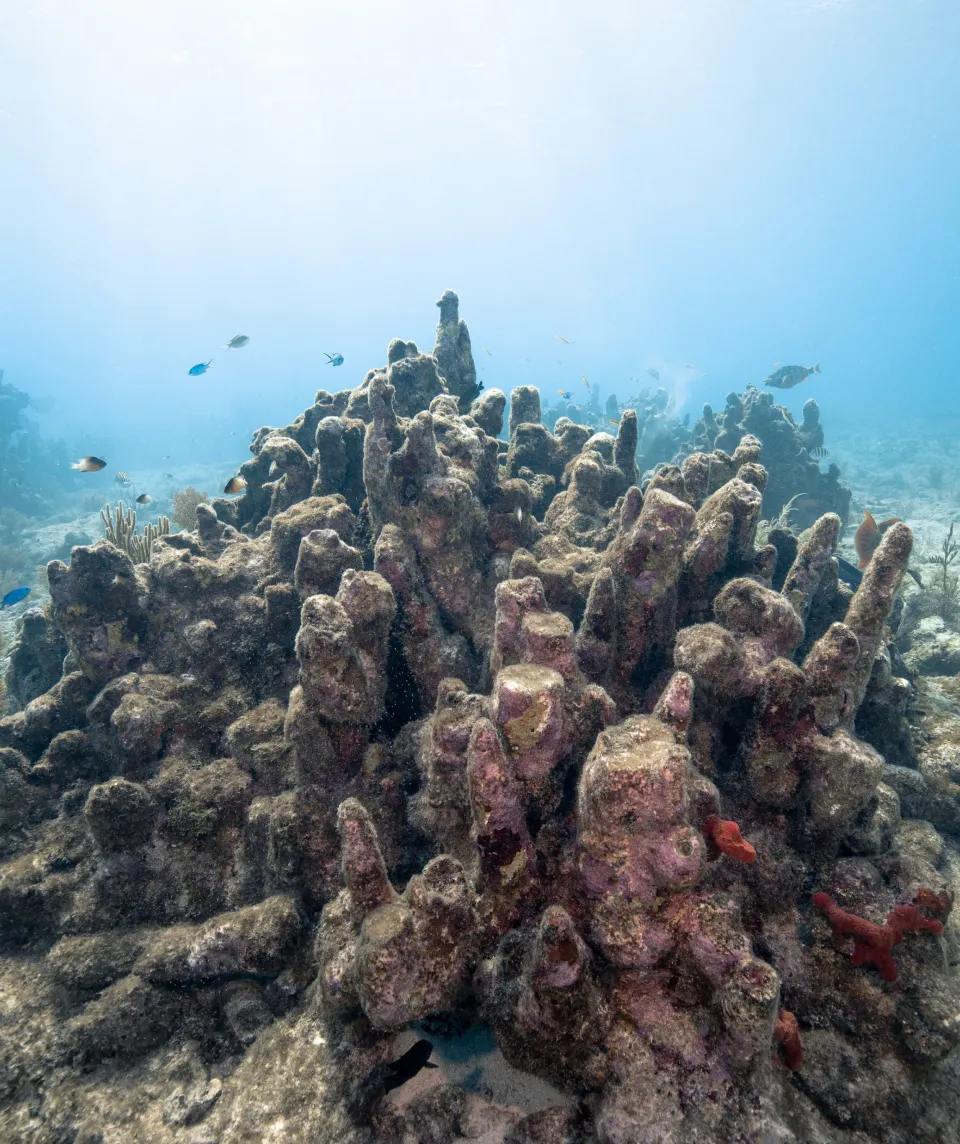
IMPACTS TO LIFE ON EARTH
Losing our planet’s shallow water coral reefs would be like losing every rainforest on Earth. We do not yet know how catastrophic and complex the impacts of this would be – humanity has never experienced the loss of an entire biome.
We do know that losing coral reefs causes:
- Damage to coasts, shorelines, homes, and businesses
- Economic fallout from the loss of fishing and tourism
- The collapse of the balance of life in the oceans
Around 70% of all atmospheric oxygen is produced by the ocean. Coral reefs are a critical part of the balance of life in the sea.
WHAT’S KILLING OUR CORALS?
DISTURBANCE EVENTS
A disturbance event is a temporary change in environmental conditions that can cause short- and long-term impacts on an ecosystem.
For coral reefs, disturbance events include heating events, hurricanes, cold water upwellings, ship groundings, disease outbreaks, overfishing, pollution, and more.
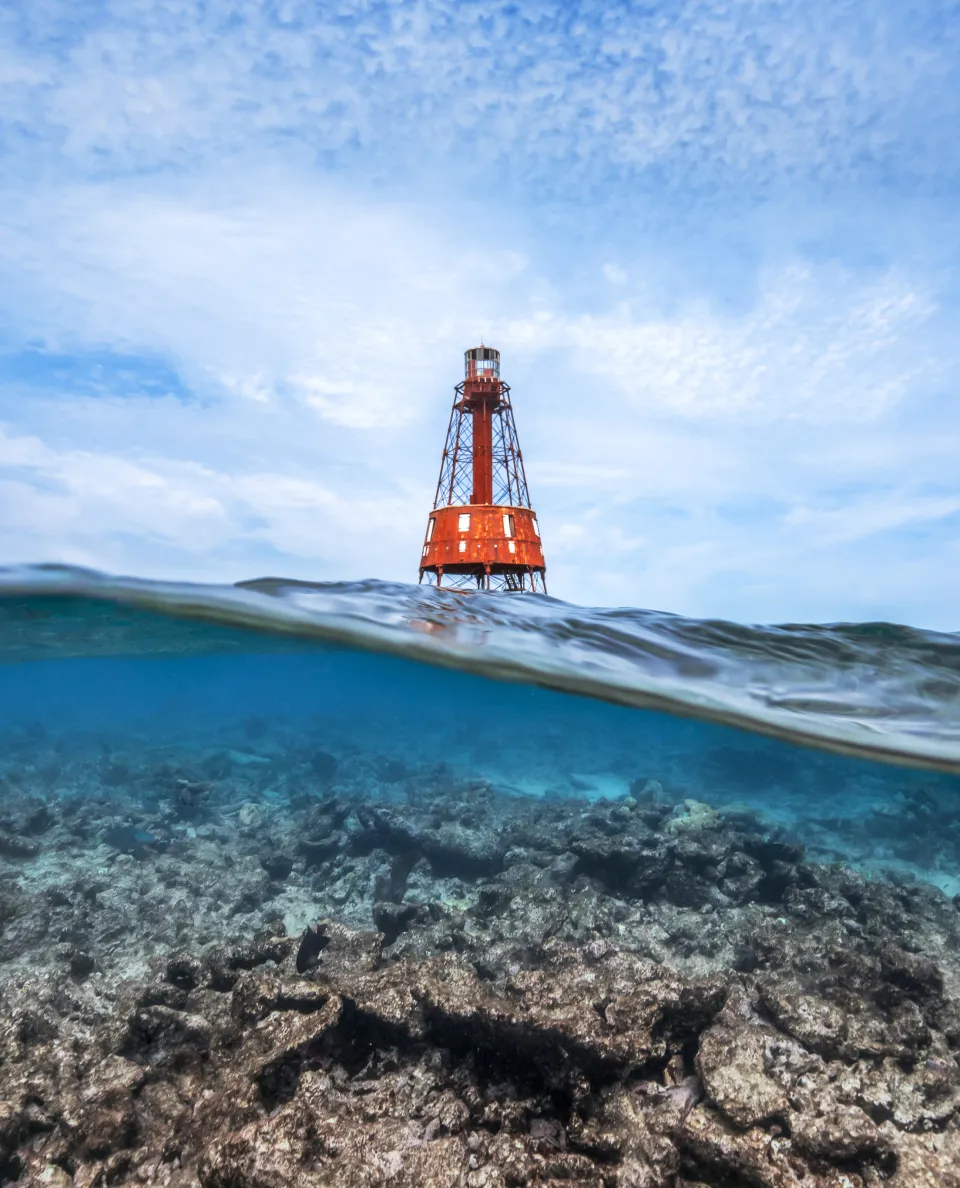
LOCAL STRESSORS
- Overfishing harms coral reefs by disrupting the food chain, increasing predators, damaging reef structures through destructive fishing practices, and reducing biodiversity, all of which weaken reef resilience and hinder recovery efforts.
- Lack of herbivores (animals that feed on plants and alga, like some species of urchins, crabs, tang, parrotfish, and green turtles) causes phase shifts to algal-dominated ecosystems that corals can no longer colonize.
- Direct damage from divers and snorkelers.
- Collection of reef species for souvenirs.
- Poor anchoring and boating practices.
- Pollution such as sewage, nutrient runoff, and sedimentation. Disease events linked to poor water quality have wiped out both coral and sea urchin populations in some places.
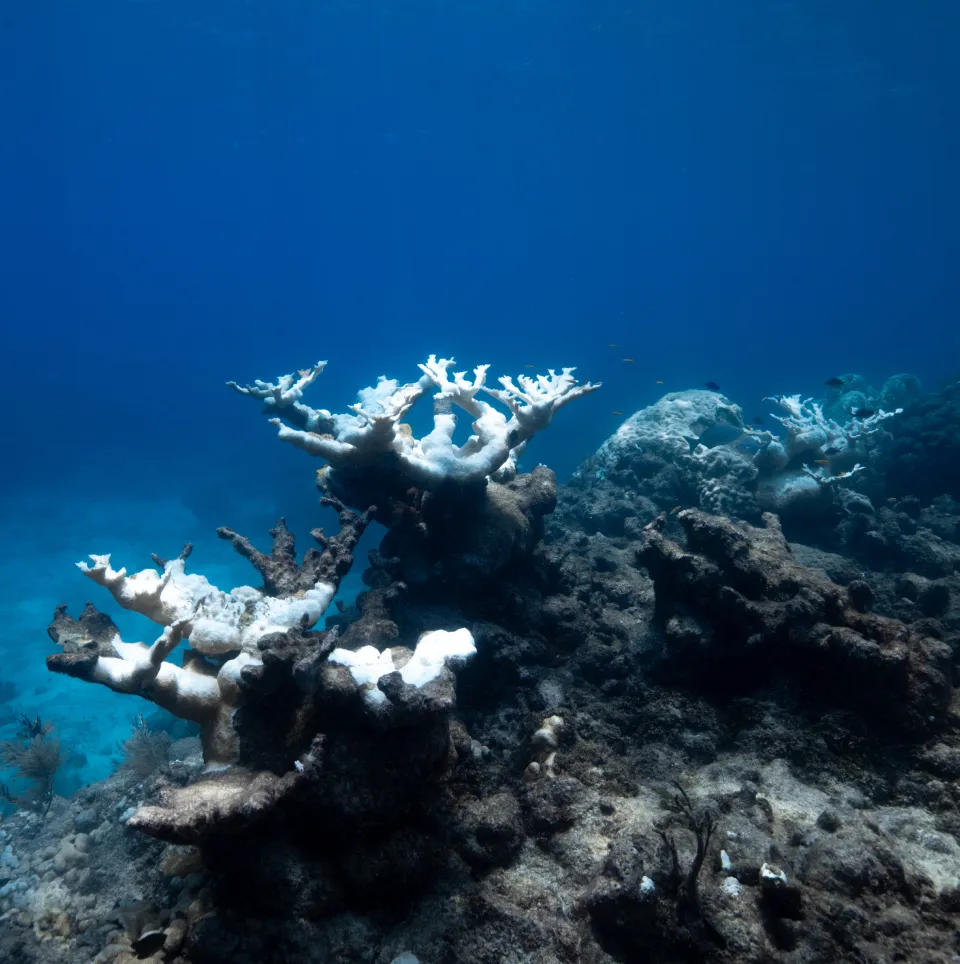
A GLOBAL STRESSOR: CLIMATE CHANGE
Human-induced climate change presents the biggest threat to our world’s coral reefs. The oceans have absorbed more than 90% of the excess heat in the atmosphere caused by greenhouse gas emissions, while greenhouse gases are causing ocean warming and ocean acidification.
Increasingly regular, sustained warm water events are causing coral bleaching. Increasing ocean acidification is impacting corals’ ability to grow and maintain their calcium carbonate skeletons that form reef structures.
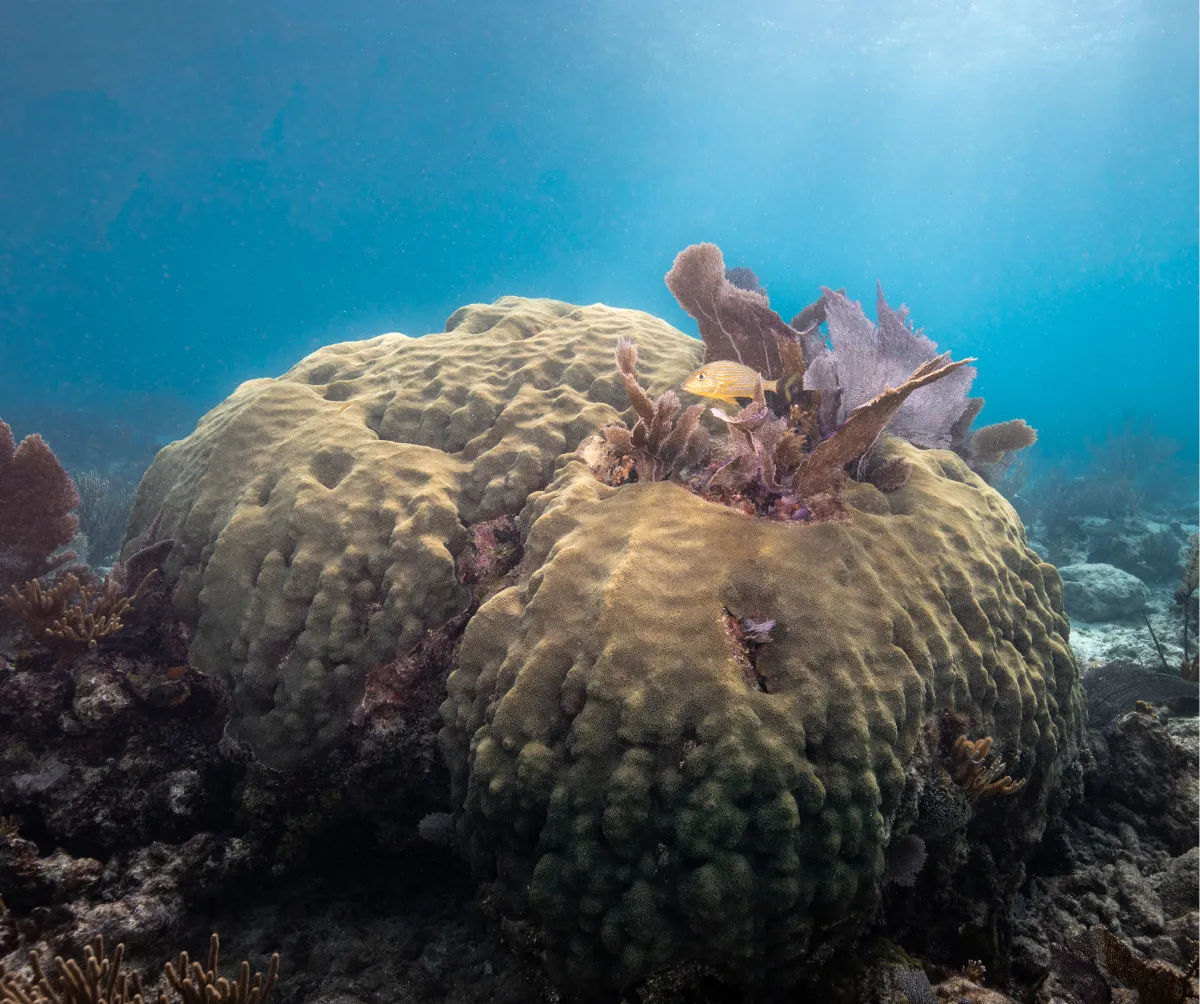
Reef Resilience
A coral reefs’ resilience, its capacity to recover after a disturbance event, is determined by:
- The absence or presence of other local stressors
- The diversity of coral populations in terms of species and genetics
- The abundance of coral populations
- The abundance and diversity of other marine life
CORAL REEF LOSS IS ACCELERATING
It is estimated that around 80% of coral reefs around the world have been impacted by the Fourth Global Bleaching Event from 2023 to 2024.
In places with fewer local pressures, corals have a better chance of recovering from bleaching.

THE FOURTH GLOBAL BLEACHING EVENT
Since 1998, four global bleaching events have affected the world’s coral reefs.
The Fourth Global Bleaching Event from 2023 to 2024 was caused by an El Niño event exacerbated by climate change.
It began in Florida in the summer of 2023 and caused water in the Caribbean to reach unprecedented temperatures, killing corals in massive numbers.
GIVING REEFS A FIGHTING CHANCE
A healthy reef can better withstand bleaching events, can recover from hurricane damage, and is better able to cope with disease outbreaks. Healthy reefs therefore have a greater chance of surviving climate change impacts in the short to medium term.
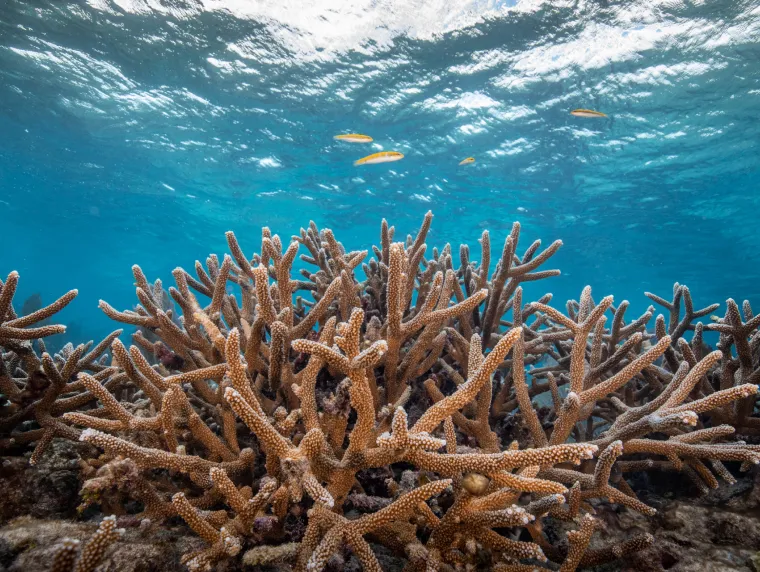
Restoration
Taking an ecosystem-wide approach, we are restoring both abundance and genetic diversity to reefs in Florida and beyond.
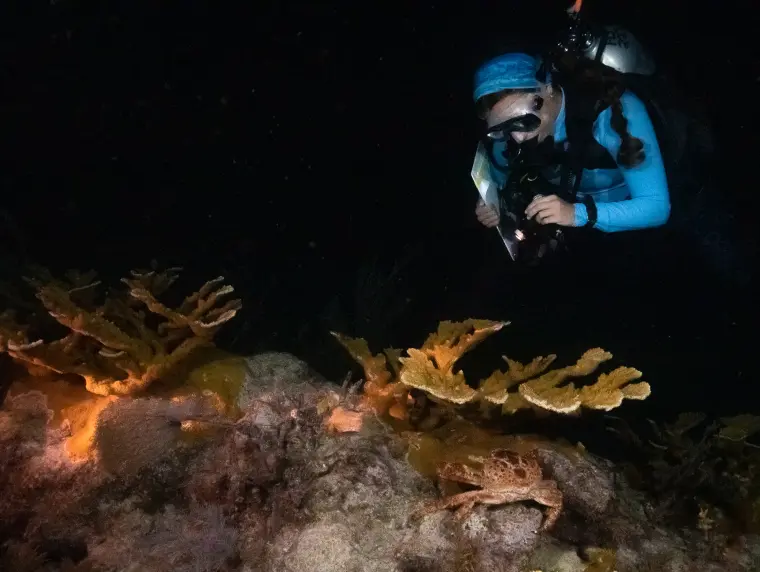
Science & Technology
Our science program focuses on researching, developing, applying, and sharing best practices in coral restoration.
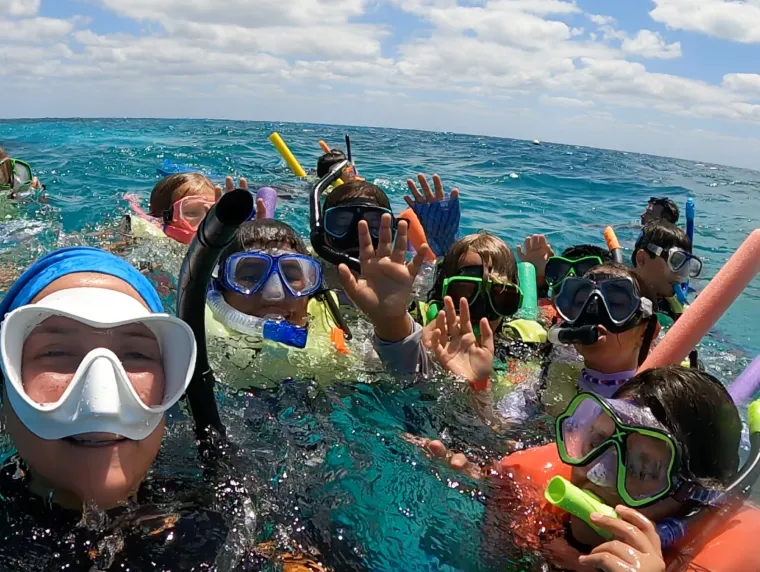
Education & Outreach
We provide practical, meaningful ways for everyone to learn about and get actively involved with our mission


